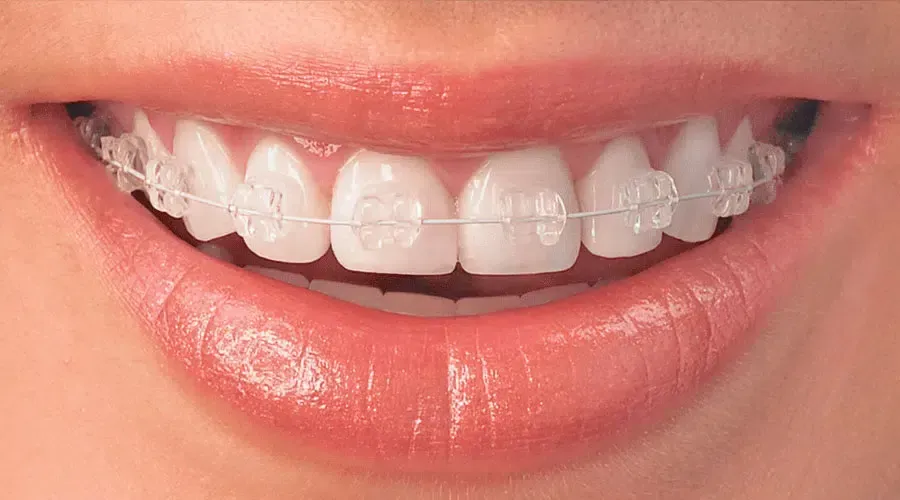Parent's Guide To Tongue Ties
At HeRo Orthodontics, we understand that the health of your child is paramount. Lately, many parents, particularly mothers who are deeply invested in the well-being of their children, have brought up concerns about tongue ties. As such, it's important to address this topic thoroughly, backed by the latest findings in head and neck anatomy and physiology.
What is the Lingual Frenulum?
The lingual frenulum is a thin band of tissue that connects the underside of the tongue to the floor of the mouth. Visible when the tongue is lifted, this structure is a normal part of the mouth’s anatomy, present from birth. It plays a crucial role in oral functions such as speech and swallowing.
Defining Tongue Tie
Medically termed ankyloglossia, a tongue tie occurs when the lingual frenulum is unusually tight or thick, which can restrict the movement of the tongue. This condition is characterized not by the visibility of the frenulum but by the functional limitations it imposes. It's important to dispel myths such as the existence of a 'hidden band' or 'string' causing tongue tie; these are not scientifically supported.
Diagnosing Tongue Tie
While the attachment point of the frenulum is a diagnostic criterion, it is not the sole factor to consider. The overall thickness of the tissue, muscle tone, and nerve function also influence tongue mobility. At HeRo Orthodontics, we take a comprehensive approach to diagnosis, considering all these factors to ensure accurate assessments.
Causes and Prevalence of Tongue Tie
The exact causes of tongue tie can be varied and are not always clear. However, studies indicate that its prevalence in the general population can range from 2.8% to 10.7%. Increased awareness about the benefits of breastfeeding and the availability of corrective procedures like frenotomies have made this a focus of recent healthcare discussions.
Insights from the Latest Consensus Statement
According to the American Association of Otolaryngologists and recent studies:
1. The lingual frenulum is a normal anatomical feature.
2. It varies in size and shape among individuals.
3. Tongue tie is defined by limited tongue movement due to a tight frenulum.
4. Only a minority of individuals experience significant issues from tongue ties.
5. Surgical intervention, such as frenotomy, is not always necessary and should be considered carefully.
Our Holistic Approach
At HeRo Orthodontics, we prioritize a holistic approach to treatment, considering not only the physical aspects of tongue ties but also the emotional and psychological well-being of your child and family. We understand the concerns of cautious parents and are here to provide clear, evidence-based information and support.
For more information or to discuss your child’s needs, please don’t hesitate to contact us for a complimentary exam. Our team, led by Dr. William Beaber, is dedicated to providing expert care in a compassionate environment.
Contact us at (972) 722-4376.
If you or someone you know want a straighter smile and all the benefits that come with it, you can contact HeRo Orthodontics. They can help you achieve a healthy and vibrant smile for the whole family. Just give them a call at (972) 722-4376.
Be a HeRo share a smile!
Contact Us











